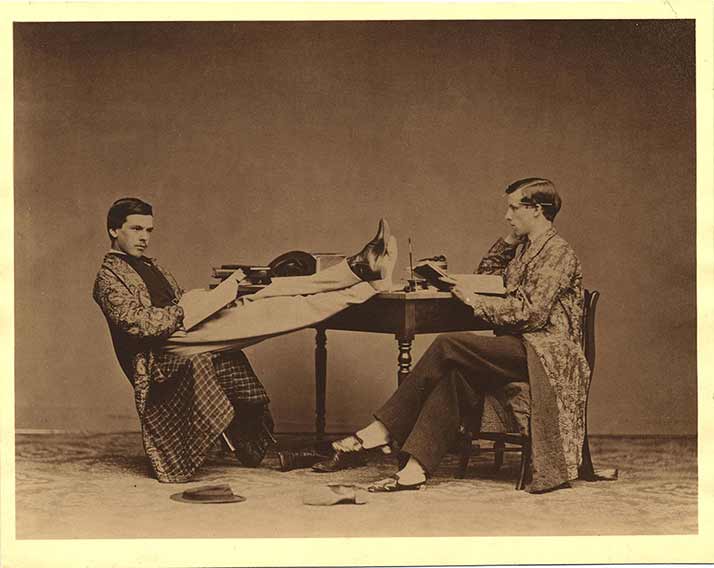Help:Images
The syntax for displaying an image is:
- [[Image:{name}|{type}|{location}|{size}|{upright}|{border}|{caption}]]
Only [[Image:{name}]] is required. Most images should use [[Image:{name}|thumb|Example image caption]] (and should not specify a size). The other details are optional and can be placed in any order.
- Type
- 'thumb' or 'frame'. Causes image to be displayed with specific formatting (see below).
- Location
- 'right', 'left', 'center' or 'none'. Determines placement of the image on the page. Defaults to 'right'.
- Size
- {width}px or {width}x{height}px, scales the image to be no greater than the given width and height, keeping its aspect ratio.
- Upright
- for use only on images that are taller than they are wide. This scales the image differently, considering both width and height instead of only width.
- Border
- adds a border around the image
- Caption
- Any element which cannot be identified as one of the above is assumed to be caption text.
Syntax to use an image in uploaded size, with a caption
To use an image as uploaded with a caption use [[Image:Westminstpalace.jpg|frame|none|caption text]]. This is the syntax you should use to update images that used the original image markup of the form [[Image:Westminsterpalace.jpg|caption]]
Syntax for images with no automatic caption or formatting
The old syntax for images without captions is [[Image:Westminstpalace.jpg|alt text]]. This is rendered inline, and the specified text is used as the image's alt attribute (alternate text for programs which cannot display images, such as screen readers) and as the title attribute (supplementary text, often displayed as a tool tip when the mouse is over the image).
See Wikipedia:Image markup with HTML for an old, deprecated, way of putting a caption under the image using HTML code. Please use the new way of associating captions with images, as described on this page.
See Wikipedia:Captions for discussion of appropriate caption text. See Wikipedia:Alternative text for images for discussion of appropriate alt text. Unfortunately, it is not possible to specify different text for these two purposes.
